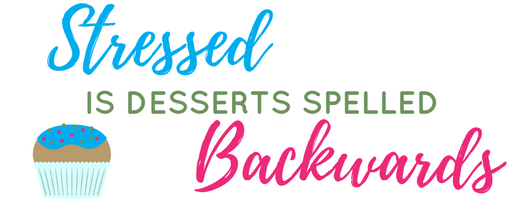Have you ever eaten an entire bag of chips, crackers or cookies? Ever had just a few too many slices of pizza or that pint of ice cream, drink a few too many glasses of wine or cups of coffee, even though your body told you to stop? Most likely, you weren't hungry or thirsty but were triggered by some emotion or stress.
It wasn't what you were eating, but "what was eating you" that probably triggered your food choice.
Food is fuel for our bodies, plain and simple. It helps us maintain our weight, gives us needed energy, calories, vitamins and minerals, and keeps us alive. If we eat more than our body needs, it will store it as fat or, if exercising, as muscle. Our bodies know what weight is optimal to thrive and maintain its equilibrium.
Identifying Your Triggers
What happens when we get triggered? Processed, high-calorie, fake, "food like" products have become our go-to sources for pleasure, comfort and reward. Worse yet, these foods have also become a substitute for plain old boredom or addiction.
No doubt, food is fun, tasty and a pleasure for many (especially in social gatherings) but for some it is a never-ending battle to find a balance. When I begin working with people, the first thing we talk about is awareness.
Becoming Aware
To become aware is the first step in understanding emotional eating. Once you stop and think about the choices you make as you make them, you can begin to clarify your triggers and understand what brings on emotional eating.
One thing to become aware of is what you were feeling at the time- was it lonely, angry, sad, resentful, depressed, in pain, or something else? Maybe you weren't hungry but looked to food and/or drink to address some uncomfortable thoughts, boredom or to relieve stress. Yes we have all been there!
What’s the Difference?
The University of Texas Counseling and Mental Health Center offers the following suggestions that identify the difference between emotional eating and physical hunger:
Emotional hunger vs. Physical hunger. Emotional hunger comes on suddenly and needs to be satisfied instantly. Physical hunger occurs gradually and can wait.
Cravings. When you are eating to fill a void and not an empty stomach, you crave a specific food, such as pizza or ice cream, and only that food will meet your need. When you eat because you are actually hungry, you're open to options.
Can't stop eating. If you're eating to satisfy an emotional need, you're more likely to keep eating. When you're eating because you're hungry, you're more likely to stop when you're full.
Guilty or gratified. Emotional eating can leave behind feelings of guilt. Eating when you are physically hungry does not.
Becoming Mindful, Aware and Informed
Recognizing emotional eating is the first step to overcoming it. Become aware of why you are eating- is it emotions, hunger, socializing? Stop before you start and ask, "Am I hungry? Is this the right food for me? Do I need this now?"
Now that you know the difference, if you feel you have an emotional eating pattern, try building a better relationship with food to keep you inspired and not allow what's "eating you" to control what you eat.
Finding Better Options
Become aware of your triggers. What sets you off? Find other ways to entertain and comfort yourself: a hike, an outing with friends, visit a museum, do a 5k run and train with friends. Make a food journal and notice the foods that you go to when you're in that emotional eating phase. A good tool to use as a support system is myfitnesspal.com.
Remember, emotional eating is triggered by boredom, stress or high emotions. The key is to become aware and then you will feel a whole lot stronger, healthier and empowered over your food, health and life choices.

